
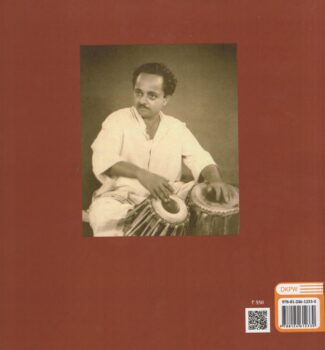
Professor Sudhir Kum...
Professor Sudhir Kumar Saxena Centenary Celebrations
by: Manjula Saxena₹550.00 Original price was: ₹550.00.₹495.00Current price is: ₹495.00.
ISBN: 9788124612330
Year Of Publication: 2023
Edition: 1st
Pages : vi, 60
Language : English
Binding : Hardcover
Publisher: D.K. Printworld Pvt. Ltd.
Size: 23
Weight: 275
Introduction
1. Uniqueness of the Tradition of Teaching Indian Classical Music Arising out of the Concept of “Kanthasth” Knowledge
2. The Principles and Aesthetic Aspects of Improvising and Creating Compositions in the Field of the Art of Tabla
3. A Journey from Ancient Tripuskar Vaadya to Modern Indian Percussion Instrument Tabla
4. Traditional Tabla Playing with Diverse Compositions
5. Philosophical Aesthetics and Indian Music
“Professor Sudhir Kumar Saxena Centenary Celebrations” Cancel reply
- Sale!Hindustani Music by: Deepak S. Raja
₹1,300.00Original price was: ₹1,300.00.₹1,170.00Current price is: ₹1,170.00.Hindustani Music: A tradition in transition is a wide-ranging survey of the North Indian tradition of classical music during the post-independence period. Explicitly, this book addresses music lovers of above-average familiarity with Hindustani music, and their curiosity about its inner workings. It is, however, also a valuable reference for scholars and other writers on music. The book is based on the author’s long years of training as a musician, vast experience as an analyst of music, and an observer of the cultural environment. The book is divided into six parts. Part I articulates an Indian perspective on important societal, cultural, economic and technological drivers of Hindustani music. Part II discusses issues pertaining to presentation formats, and the structural and melodic aspects of Hindustani music. Part III deals with the notion of raga-ness, and the world of ragas. Part IV presents comprehensive backgrounders on the four major genres of vocal music Dhrupad, Khayal, Thumree, and Tappa. Part V features detailed fact-sheets on eight major melodic instruments of the Hindustani tradition Rudra Veena, Sitar, Surbahar, Sarod, Sarangi, Shehnai, Santoor, and the Indian classical (Hawaiian) guitar. Part VI presents a glossary of words in italics, a list of suggested readings, and an index. The book makes complex musicological concepts accessible to non-academic readers, and contributes significantly to widening the understanding of contemporary trends in Hindustani music. Written by an author of impeccable credentials as a musician, researcher, and author, this book is a very significant addition to the body of authoritative writing on 20th century Hindustani music.
- Sale!Art, Aesthetics and Philosophy by: S.G. Kulkarni, Kavita Chauhan,
₹420.00Original price was: ₹420.00.₹378.00Current price is: ₹378.00.The savants of the twentieth century have excavated the past to discerningly reveal the present. Swami Vivekananda, Rabindranath Tagore, Sri Aurobindo, Mahatma Gandhi and Ananda Coomaraswamy, among others, interpreted Indian aesthetics, civilization, culture and philosophy unearthing the Indian wisdom against the wrong interpretations and teachings of the Western colonial scholars. This volume, a collection of papers presented at a national seminar on the Philosophy of Ananda Coomaraswamy held in February 2011 at the University of Hyderabad, approaches Coomaraswamys philosophy on Indian aesthetics, life and religion from different perspectives.
The volume brings forth different facets of Coomaraswamy: as a catalyst in spiritualizing Indian arts; his views on modernism and anti-modernism; his efforts in aestheticizing India; his polemics of decolonization through art criticism; his aesthetical philosophy; his perception and understanding on art, culture and Indianness; his metaphysics; and his philosophical approach to visuals and materials from the lens of an art historian. It sketches Coomaraswamys multifaceted persona, enunciating that the crux of modern Indian philosophy is one of vision, rather than building theories.
In a nutshell this book presents the varied reflections on Coomaraswamys personality as a philosopher, art historian, art curator and his strong positioning against the colonial teachings of Western art historians and philosophers on Indias art, civilization and culture, projecting an image of Indianness in every sphere. - Sale!Hindustani Music and the Aesthetic Concept of Form by: Anjali Mittal
₹800.00Original price was: ₹800.00.₹720.00Current price is: ₹720.00.With its roots in the Samaveda (which treats it as a divine art), music in India has a long, splendid tradition. Over the centuries, it has absorbed fresh influences and experimented with new forms to finally evolve into two meticulously codified classical systems: Hindustani and Carnatic. In todays growing library of writings on Hindustani music, Anjali Mittals research is yet another valuable addition adopting, as it does, a viewpoint which has been neglected so far, namely, the viewpoint of contemporary western aesthetics. It is for the first time that this monograph examines the concept of form in Hindustani classical music. In this context, analytic attention has been focussed on some select compositions in dhruvapada, dhamar, tarana, vilambit and drut khyal genres of Hindustani classical vocal music. A wide variety of drut tanas has also been analysed in terms of notation and linear diagrams. Such diagrams, in fact, distinguish the present volume. Analysis of some rhythm-cycles and rhythmic patterns is another feature of this book. Thoroughly documented and written in a jargon-free language, the study includes a contextual discussion of aesthetics, artistic expression, aesthetic predicates and, above all, the concept of artistic form. The work may be expected to interest all those who want an analytic understanding of what form (or bandisha) means in the region of Hindustani classical vocal music.
- Sale!Dhvani by: Subhash Chandra Malik
₹650.00Original price was: ₹650.00.₹585.00Current price is: ₹585.00.Dhvani (Sound/Nada) is a profound experience that envelopes us from birth to death. Yet it is not easily fathomed. Its description by an accoustic engineer is very different from that of a musician, a linguist, a city planner, or a neurologist. The IGNCA (Indira Gandhi National Centre for the Arts), New Delhi, organized a 2-day International Seminar: 24-25 October 1994, not only to understand the experiential, cross-cultural perceptions of sound, or not just to discourse about its definitional subtleties as are encountered in the ancient texts of the East and the West; but also to bring together its perceptions in tradition, modern accoustics, and even in the ongoing environmental studies. In todays living conditions, the Dhvani-theme is specially crucial for sound has become a major pollutant both in terms of resonances and accoustics. Assembled in this volume are the presentations of the IGNCA seminar, exploring the various complex conceptual dimensions of sound: ranging from its mystical and traditionally metaphysical to its present-day developments, from its perceptions in indigenous musical theory to its futuristic applications. With focus around five thematic areas of the seminar: (a) Sound as the Source of Creation and Sources of Sound, (b) Sound and the Senses, (c) Sound and Space, (d) Sound and Time, and (e) Symbols of Sound and Sonic Designs, the authors open up the possibilities of interaction among different disciplines involved in the study of dhvani-phenomenon.
- Sale!Avenues to Beauty by: Sushil Kumar Saxena
₹580.00Original price was: ₹580.00.₹522.00Current price is: ₹522.00.This book may well be expected to interest one and all, if only because of the diversity of its content and the way it has been presented.
It has something of value for lovers of both contemporary and traditional thinking on the arts. Essays on Aesthetics Today, The Quest for Key Aesthetic Concepts and The Aesthetic Attitude relate explicitly to present-day aesthetics; and the one on Rasa Theory may well be able to provide some new insights to those who are not averse to looking anew at this impressive foray of traditional Indian thinkers into the region of aesthetics.
However, the essay which is most likely to draw and hold readers attention because of the tantalizing appearance, so to say, of its very subject is the one on Music and Silence. Very few aestheticians have written on it so far; and nowhere, except in this book, is the reference all along to Hindustani music. Nor has our rhythm ever been written on in the way it appears in this book, in terms of the following essays: Hindustani Rhythm and Aesthetic Theory and Hindustani Rhythm and an Aesthetical Issue.
As for the essay on Attenboroughs classic film Gandhi, it may well make readers realize, in happy wonderment, how much they failed to mark when they saw it. Indeed, there is no reason why analytic writing on art should not make us ever more sensitive to the numberless creative devices it employs with delightful effect.


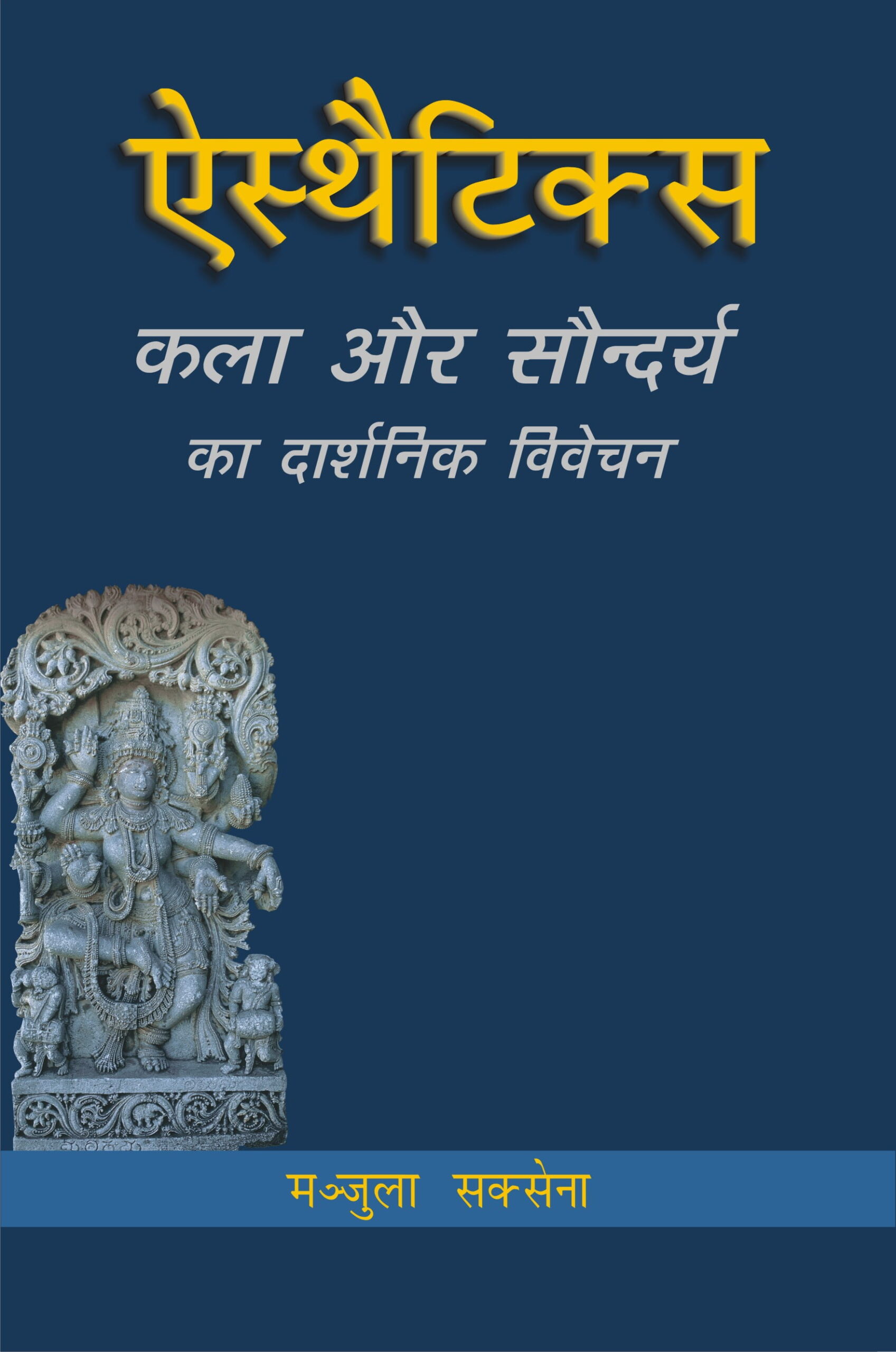


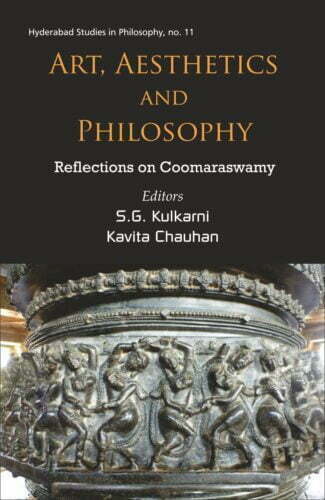
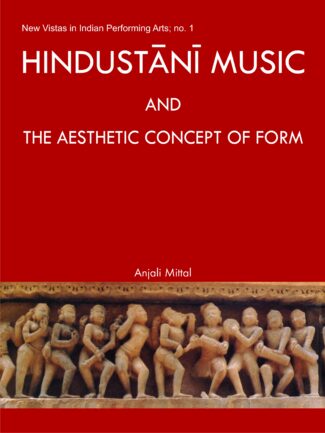

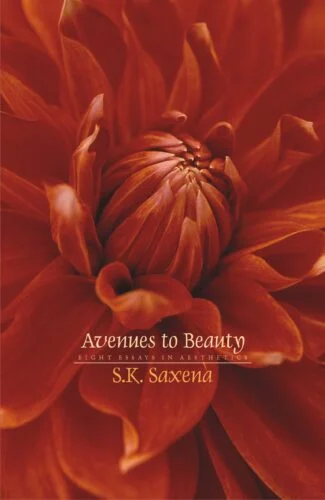
There are no reviews yet.